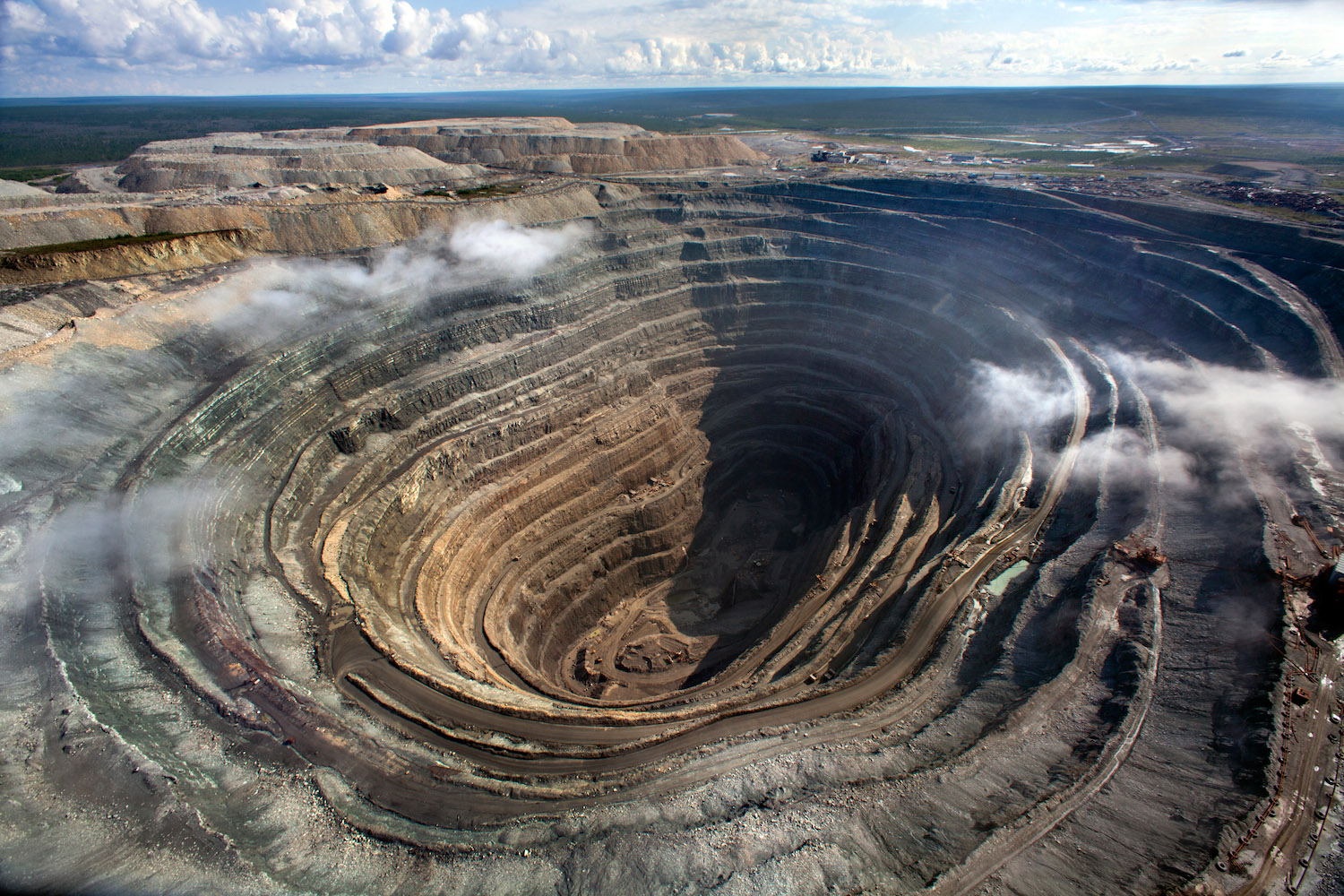Diamonds Pit Overview
The Diamonds Pit, a renowned landmark in South Africa, is an extraordinary geological formation that has played a pivotal role in the country’s mining history and economic development. The pit, located in the Kimberley region, is an open-cast mine that has yielded an astonishing quantity of diamonds since its discovery in the late 19th century.
Geological Formation and Characteristics
The Diamonds Pit is a volcanic pipe, a geological structure formed by the eruption of magma from deep within the Earth’s crust. Over time, the magma solidified, leaving behind a cylindrical-shaped cavity filled with a mixture of volcanic rock and diamond-bearing kimberlite. The kimberlite, an igneous rock rich in minerals, contains tiny crystals of diamonds that were transported from the Earth’s mantle during the volcanic eruption.
History and Significance
The discovery of diamonds in the Kimberley region in 1869 sparked a global diamond rush, transforming the sleepy town of Kimberley into a bustling mining center. The Diamonds Pit quickly became the most productive diamond mine in the world, producing an estimated 2,722 metric tons of diamonds during its peak years. The wealth generated from the mine fueled the development of South Africa’s infrastructure, industries, and cities.
Mining Techniques and Processes, Diamonds pit
Mining at the Diamonds Pit involved a labor-intensive process of digging and sorting through the kimberlite to extract the diamonds. In the early days, miners used simple hand tools and shovels to excavate the pit. As the mining operation expanded, more sophisticated machinery, such as steam-powered excavators and diamond-sorting machines, was introduced to increase efficiency.
The kimberlite was transported to a sorting facility, where it was crushed and washed to separate the diamonds from the other minerals. The diamonds were then graded and sorted based on their size, quality, and clarity. The highest-quality diamonds were cut and polished to produce exquisite jewelry and other luxury items.
Diamonds Pit Mining and Production

Diamonds Pit is renowned for its efficient mining methods and significant diamond production. The open-pit mining technique involves removing the overburden, consisting of soil and rock layers, to expose the diamond-bearing kimberlite pipes. Once exposed, the kimberlite is extracted using heavy machinery and transported to processing plants for further processing.
Diamonds Pit has consistently produced a substantial quantity of high-quality diamonds. According to industry reports, the mine has yielded over 100 million carats of diamonds since its inception. The diamonds are renowned for their exceptional clarity and color, contributing to their high value and desirability in the global diamond market.
Impact on Local Economy and Diamond Industry
The Diamonds Pit has had a transformative impact on the local economy and the global diamond industry. The mine has created numerous employment opportunities, directly and indirectly, contributing to the region’s economic growth and development. The influx of skilled workers and professionals has led to improved infrastructure and services, further benefiting the surrounding communities.
Diamonds Pit has also significantly influenced the global diamond industry. Its consistent production of high-quality diamonds has helped stabilize the diamond supply and meet the growing demand for these precious stones. The mine’s commitment to responsible mining practices and ethical sourcing has also enhanced the reputation of the diamond industry and strengthened consumer confidence in the origin of their diamonds.
Diamonds Pit Environmental Impact

Diamond mining at the Diamonds Pit has a significant environmental impact. The open-pit mining method used to extract diamonds results in the removal of large amounts of topsoil and vegetation, which can lead to soil erosion, water pollution, and air pollution. The mining process also generates large amounts of waste rock, which can be harmful to the environment if not properly disposed of.
Measures to Mitigate Environmental Impact
The Diamonds Pit has implemented a number of measures to mitigate its environmental impact. These measures include:
- Reclamation of mined land: The Diamonds Pit has a comprehensive reclamation program in place to restore mined land to its original condition. The program includes replanting vegetation, restoring topsoil, and creating new habitats for wildlife.
- Water management: The Diamonds Pit has implemented a water management system to minimize the impact of mining on water resources. The system includes measures to prevent water pollution, conserve water, and recycle water.
- Air pollution control: The Diamonds Pit has implemented a number of air pollution control measures, including the use of dust collectors and scrubbers. These measures help to reduce the amount of air pollution generated by the mining process.
- Waste management: The Diamonds Pit has a comprehensive waste management program in place to minimize the impact of mining on the environment. The program includes measures to reduce waste generation, recycle waste, and dispose of waste properly.
Role in Sustainable Mining Practices
The Diamonds Pit is committed to sustainable mining practices. The mine has been certified by the International Council on Mining and Metals (ICMM) for its commitment to environmental protection and social responsibility. The Diamonds Pit is also a member of the World Diamond Council (WDC), which is committed to promoting responsible diamond mining practices.
The Diamonds Pit is a leader in sustainable mining practices. The mine’s environmental management system is a model for other mining operations around the world. The Diamonds Pit is committed to continuing to improve its environmental performance and to being a leader in sustainable mining practices.